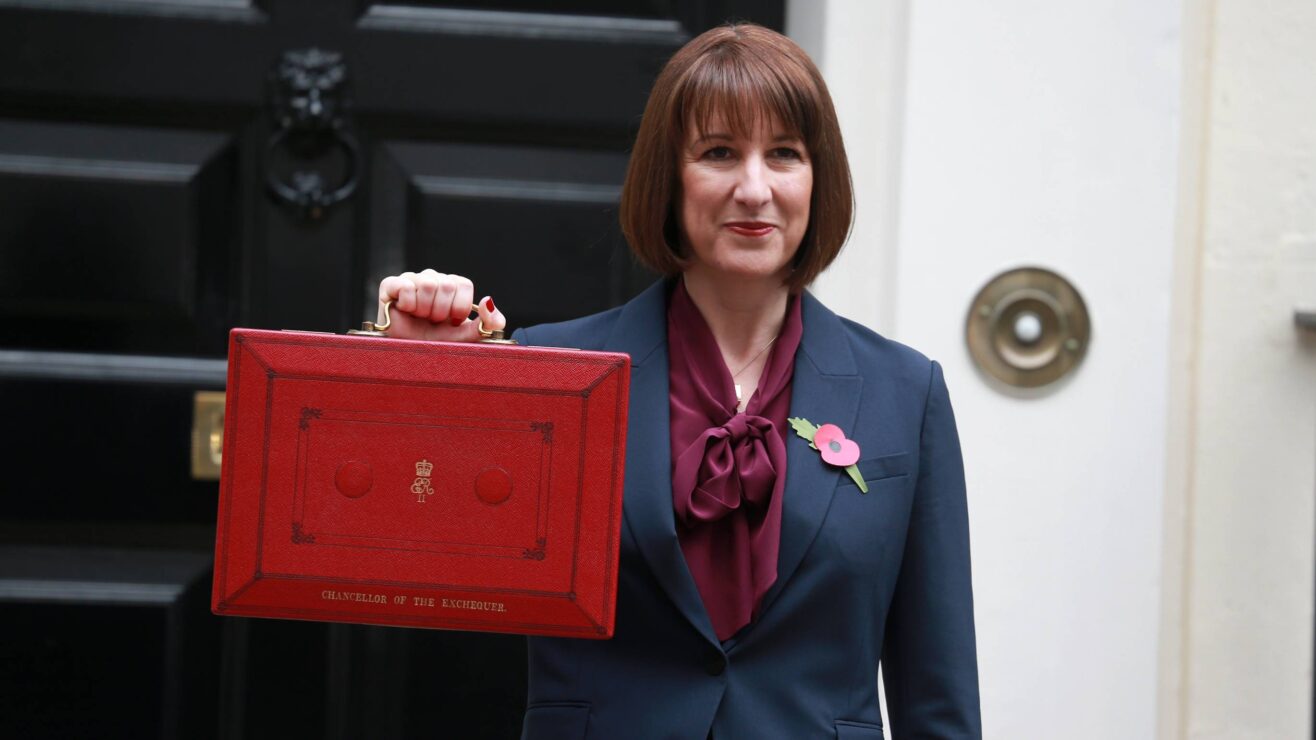Australia’s R&D sector is afflicted by challenges that will be familiar to UK readers.
The proportion of GDP spent on research is too low. Business adoption and innovation in R&D is too shallow. Collaboration between business and academia is poor. Reliance on international student fees to fund research has rendered the entire system fragile. And the immobility of academics is stymieing the cross-pollination of ideas.
However, the Australian government has a plan.
Back in December the Australian government launched its Strategic Examination of Research and Development. At the time I said the review was about
[…]maximising the value of R&D, improving links between research and the real economy, supporting research mobility, advancing national priorities such as growth, growing research intensity, and doing so with due regard to regional distribution, risk, and international competitiveness.
Bits and pieces
In effect, unlike the innumerable reviews we have seen in the UK the Australian government is taking a look at the entire research ecosystem. A sensible approach for a system where improving R&D, in whatever form, relies on funding, funders, researchers, institutes, incentives, governments, the private sector, universities, and many actors besides all working in harmony.
The Australian government has now launched their discussion paper and the potential for a new R&D system is starting to come into view.
It is interesting that Australia believes the UK as a country to learn from
Other countries, such as the UK, USA, China, Israel and Singapore, have successfully adopted new strategies for leveraging R&D and innovation for social and economic gain.
Most impartial observers would not put the UK’s ability to deploy R&D in the same league as the USA and China, the UK’s GDP investment is well behind Israel’s, while Singapore has rapidly grown its financial and manufacturing base in a way the UK has not. However, where there is a shared ambition is the sense Australia hasn’t quite met its potential.
Tough clear choices
This consultation is written in a way that UK consultations are not. The starting premise of this discussion paper is that economic growth is predicated on research, research should benefit all of society, and therefore society as a whole should have a say in how research is funded and organised. This isn’t a document which talks down but it has a clarity that brings the sometimes turgid prose of the UK government’s commissions into share relief.
The below caps off the executive summary and it is hard to imagine this appearing in the UK
Boosting a focus on R&D will prevent Australia’s slide into mediocrity. It will ensure we will be offered a seat at the international table at which big global decisions are made – because we earn it.
The UK has a greater research capacity than Australia in many ways but to frame the need to grow research as central to the entire future of the country is a bold thing to do. It’s exciting, and it encourages participation.
The discussion paper sets out what the Australian government is seeking to achieve through this intervention. It is trying to create a more productive, sustainable, and resilient economy through improving the conditions through which research is created, adopted, and diffused.
Like their UK counterparts the Australian government cannot resist an extremely complex research diagram with a dizzying array of arrows and pie charts to indicate inter-relationships between government and its partners.
However, the underlying message is clear. Put in place the right set of regulations, policies and funds to allow a variety of research approaches to grow, have clear feedback loops in place with appropriate measurement, and a range of cultural, social, economic, and knowledge benefits can be realised.
Trade off
An important departure from the UK is that the trade-offs between policy choices are made clear. Because UK R&D consultations are often single issue it is too easy to advocate for policies without worrying about the consequences. In one consultation I can ask for the Full Economic Cost of research. In another I can ask for a greater variety of research proposals to be funded. And in another I can ask for an increase in PGR places without reducing money in cost recovery or the funding of programmes. Historically, this has meant that the UK has done some things well but has never looked at everything across the ecosystem all at once.
The Australian review by contrast makes the trade-offs pretty clear. If funding is spread too thinly across the entire country, and if the country cannot rapidly mobilise private investment, there is clearly a choice to be made on whether to concentrate funding or live with this thin spread. There is a clear choice on whether to try to leverage R&D to prop up traditional industries like mining or shift focus into new and emerging technologies. There are clear links between the need for a more diverse workforce and diversity as a means of meeting the skills gaps within R&D. And it is stark in the lack of alternatives to crowding in more private investment to grow Australia’s R&D economy.
In all, it feels like a document that aims toward interested observers without patronising the wider R&D community. Its framing is honest with the university sector and makes the challenges the university sector faces clear. For example, it pulls few punches in explaining that while a system of research dependent on student funding allows for great freedom this isn’t an effective way to organise funding and strategy in a coherent way.
The last bit of the discussion paper is that it tells participants what will happen next. This discussion paper is the start of the analyse stage of the strategy. There will be time to test things out, iterate them, and then decide what will happen. Again, it’s clear, the call to take part is grounded in a shared reality, and the language is clear without being patronising.













I applaud the Aussie Government’s confident, explicit and bold ambitions and focus. It is exactly what research should do, and does in many Universities, evidently. Let’s hope it puts centre the partnerships and resources needed to deliver.